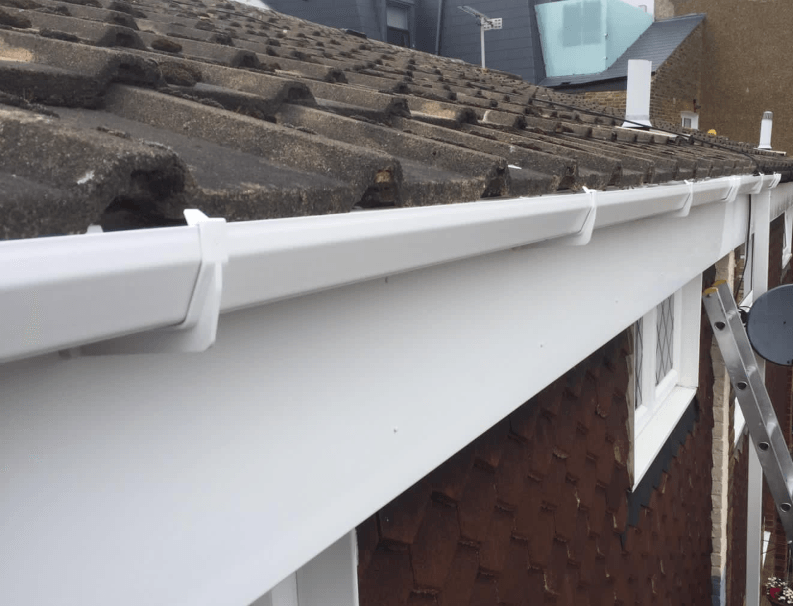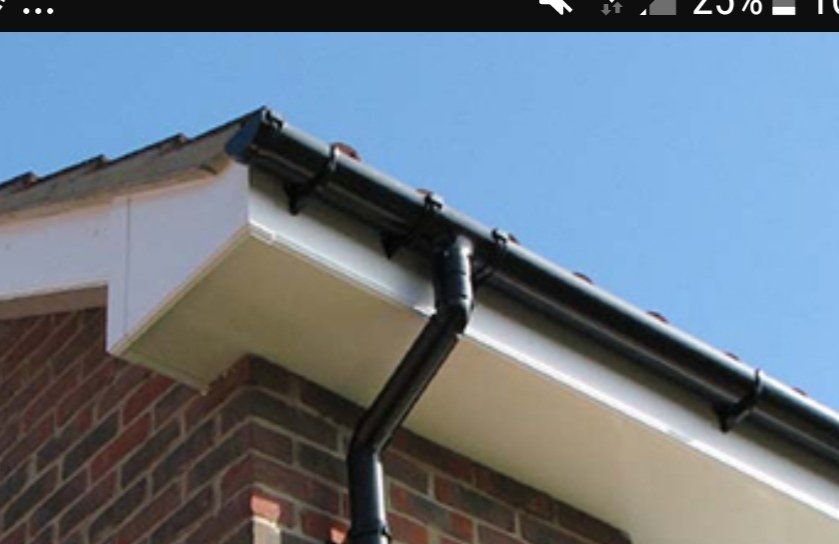Protecting Your Roof Against High Winds
As we are in the midst of storm Pia, it is an important to reiterate aspects of maintenance safety for your roof. One often overlooked aspect of home safety is protecting our roofs against the powerful forces of high winds. Whether you live in a region prone to high winds, or you are suffering the effects of storm damage fortifying your roof is essential. In this guide, we'll explore effective strategies to safeguard your home's first line of defence against the elements.
Choose the Right Materials
The first step in creating a wind-resistant roof is selecting the right materials. Opt for high-quality, durable roofing materials that are designed to withstand strong winds. Clay, concrete and slate tiles are excellent choices known for their resilience. Bitumen asphalt based products are also a great durable choice for flat roofs.
Regular Roof Inspections
Regular roof inspections are crucial for identifying and addressing potential vulnerabilities before they become major issues. Schedule professional inspections at least twice a year, paying extra attention after severe weather events. Look for loose or missing tiles, damaged flashing, and weakened areas. Prompt repairs can prevent minor problems from escalating into major headaches during the next storm.
Strengthen Roof Decking
On a flat roof, the decking beneath your roofing material is a critical component of your roof's structural integrity. Ensure it is properly installed and adequately supported. Use thicker plywood or oriented strand board (OSB) for decking, as they provide better resistance to wind uplift. Reinforce connections with quality fasteners and consider adding additional layers for added strength.
Install Gable Straps
Gable straps, also known as roof truss straps or tie-downs, are metal connectors that secure your roof to the structure your property. These straps significantly enhance your roof's resistance to uplift forces. Work with a professional roofing company to install roof straps properly, ensuring they are attached to both the roof and the walls of your home.
Trim Surrounding Trees
Overhanging branches can pose a serious threat to your roof during high winds. Regularly trim and maintain trees near your home to prevent branches from falling onto your roof. Consider hiring a professional arborist to assess the health of nearby trees and recommend necessary precautions.
Reinforce Gable Ends
Gable ends, the triangular portions of a wall under a pitched roof, are particularly vulnerable to high winds. Reinforce these areas with braces or retrofit them with plywood to reduce the risk of wind-induced uplift. Additionally, consider installing gable-end vents designed to allow wind to pass through, reducing pressure on the structure.
Upgrade Soffits and Fascia
Soffits and fascia play a crucial role in protecting your roof and attic from wind-driven rain. Ensure these components are securely installed and use materials resistant to weathering. Consider upgrading to aluminium or upvc soffits and fascias, which are durable and low-maintenance.
Seal Gaps and Openings
Even small gaps and openings in your roof can compromise its integrity during high winds. Seal any gaps around vents, chimneys, and flashing with a high-quality caulk or sealant. This not only enhances your roof's resistance to wind but also helps prevent water intrusion.
Conclusion
Protecting your roof against high winds is a proactive and essential measure for safeguarding your home. By investing in quality materials, regular maintenance, and strategic reinforcements, you can significantly reduce the risk of wind-related damage. Consult with roofing professionals to assess your specific needs and implement a comprehensive plan to fortify your roof against the forces of nature. Remember, a well-protected roof not only enhances the safety of your home but also provides peace of mind during turbulent weather conditions.
For help with your roof, contact Roofers Nottingham today!
You might also like



